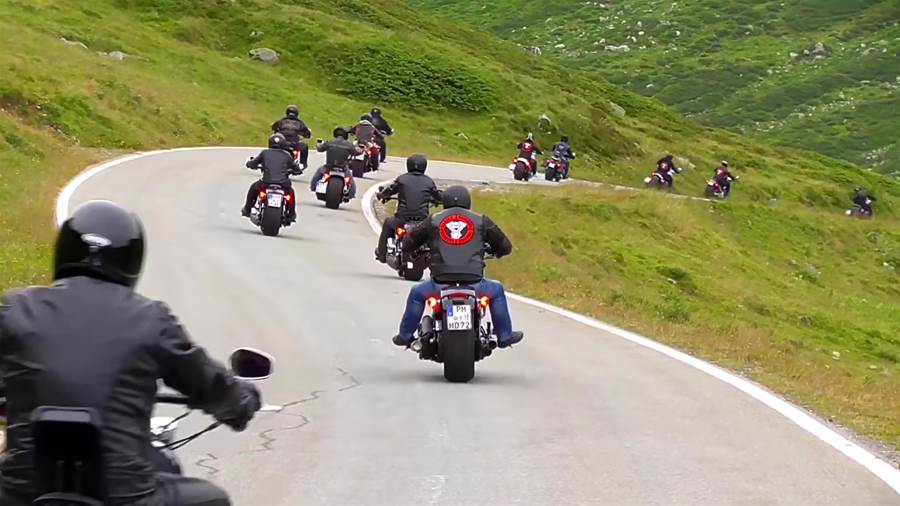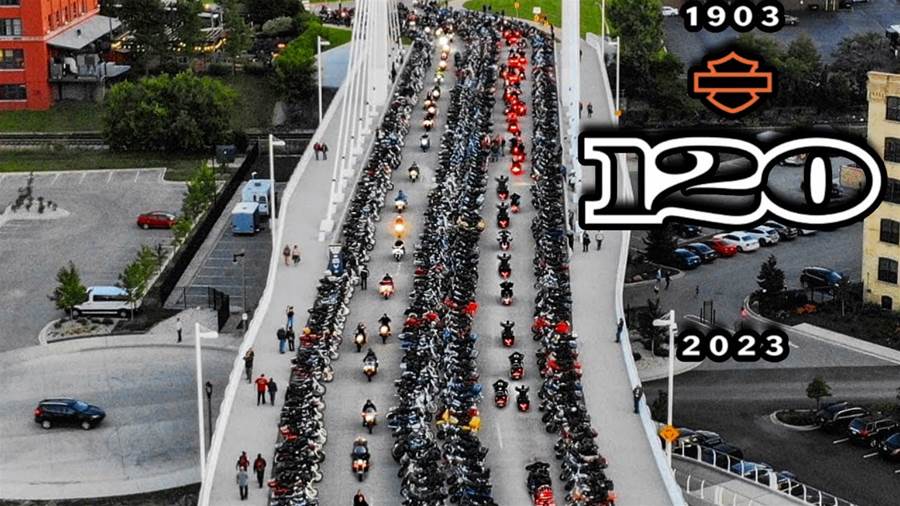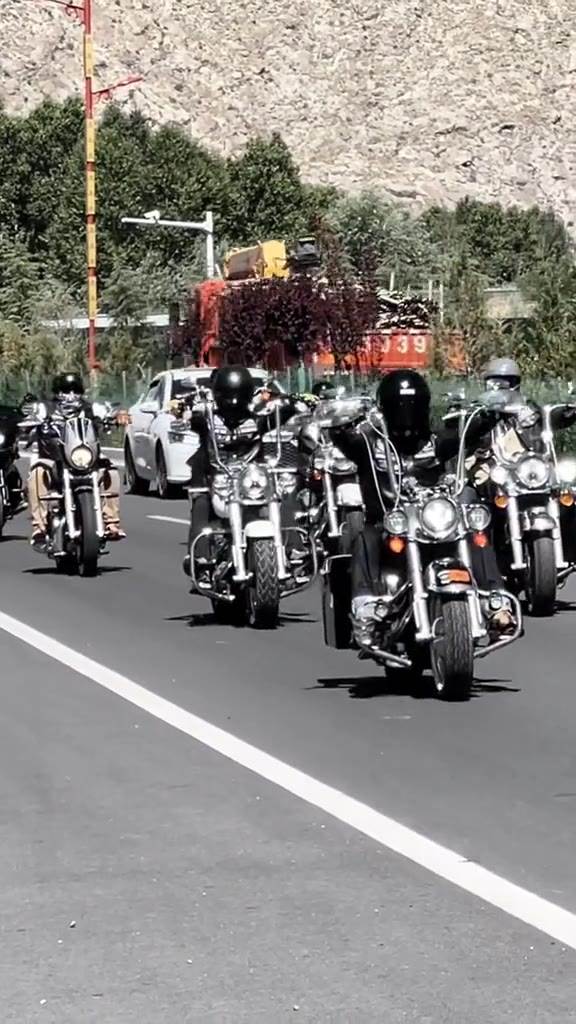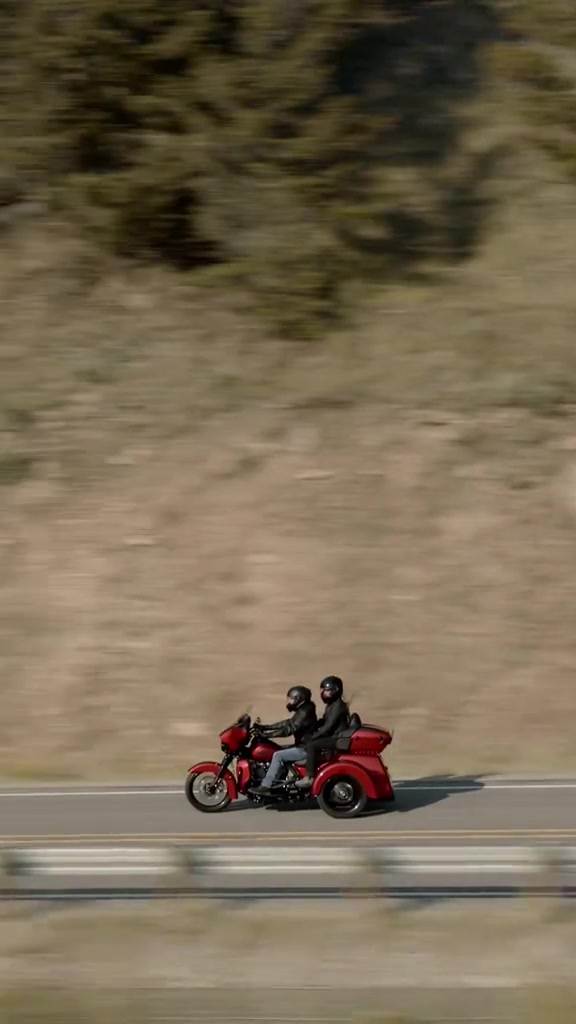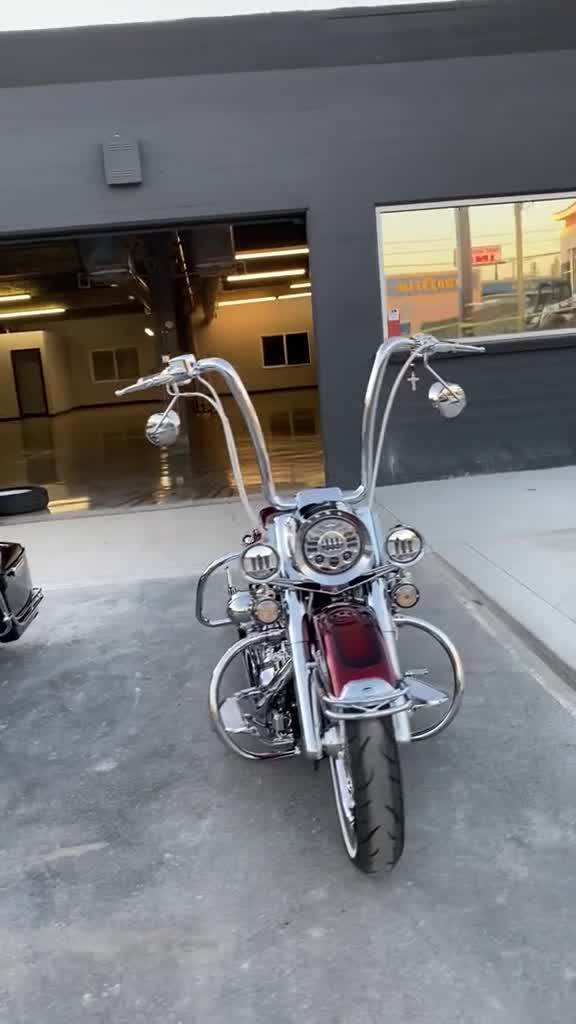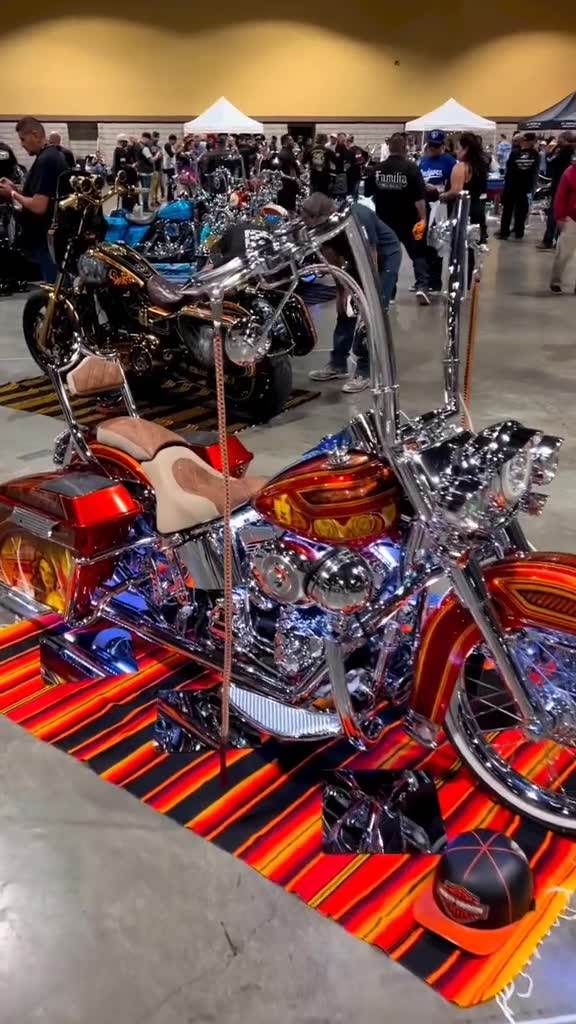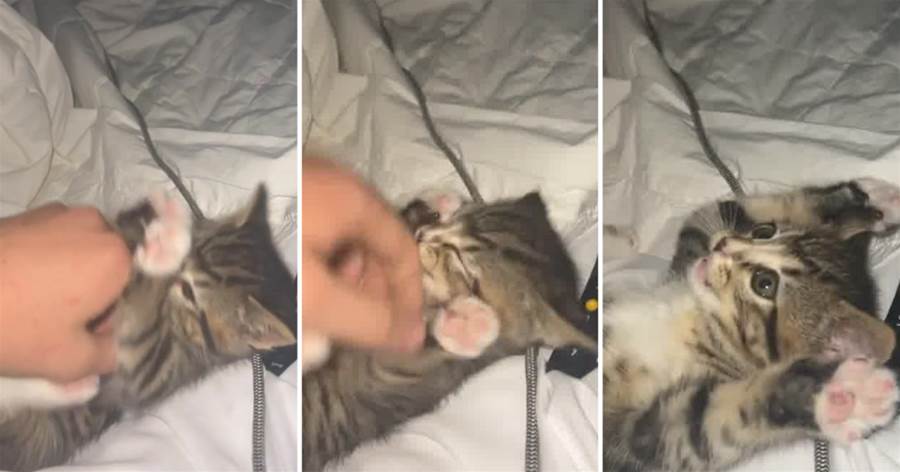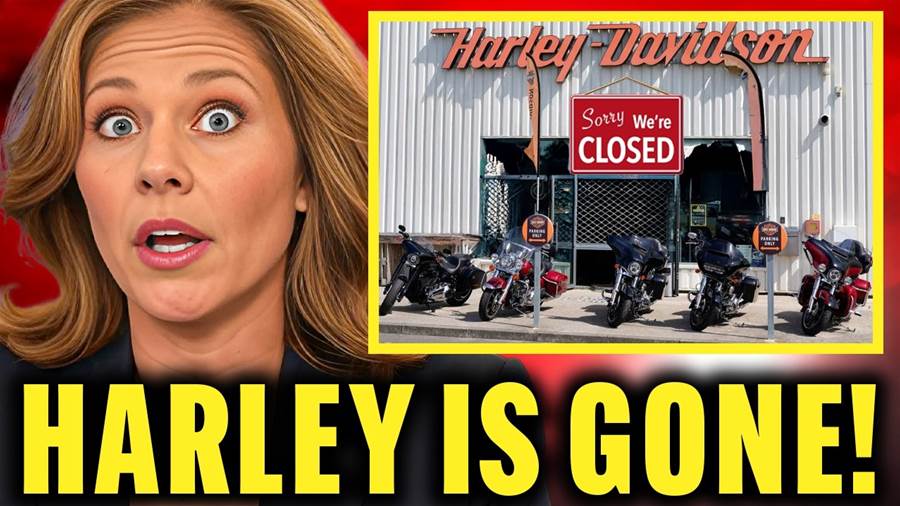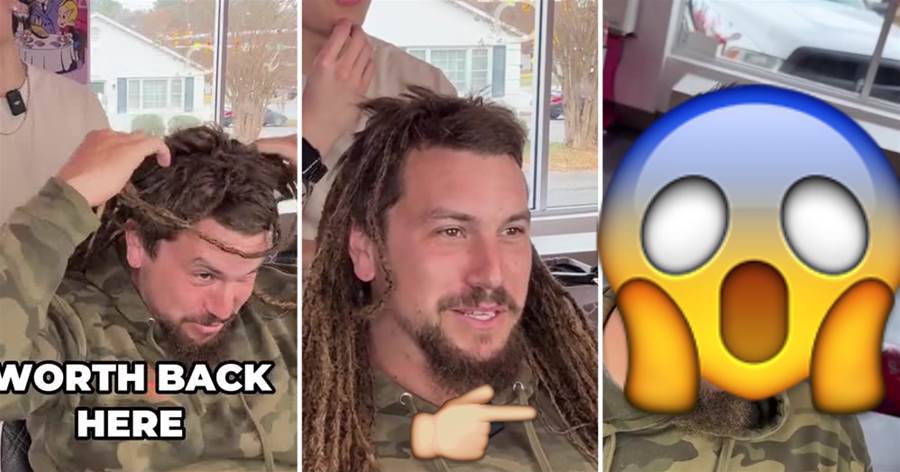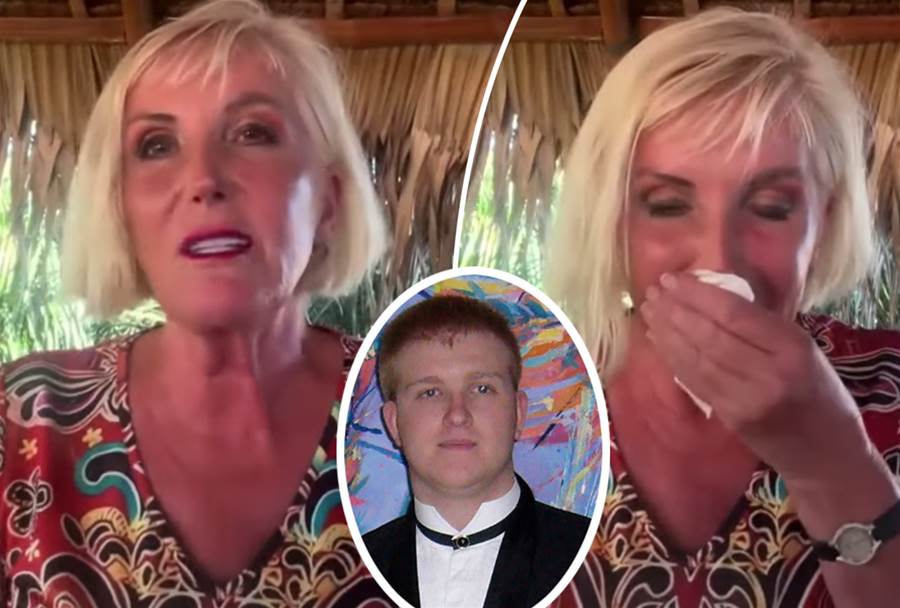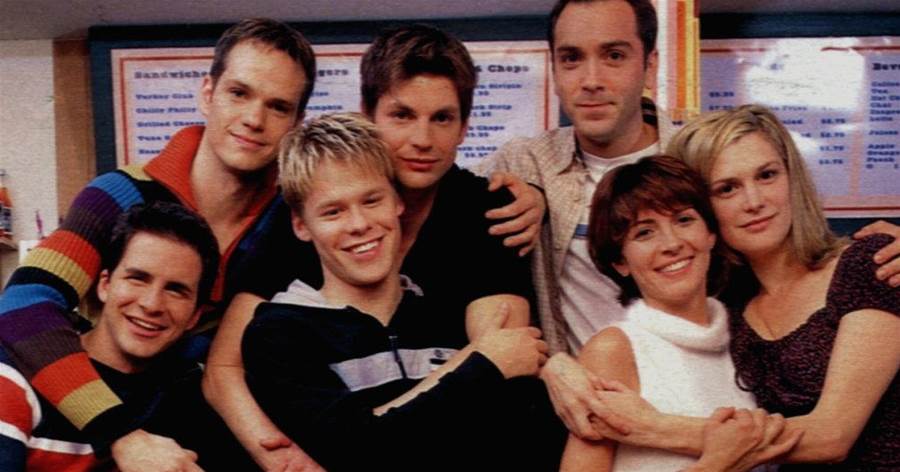
In the realm of television history, few shows have left as indelible a mark as Showtime's *Queer as Folk*. Celebrated for its raw authenticity and daring storytelling, the series was a game-changer. However, the casting process behind this groundbreaking show was as dramatic as the series itself.
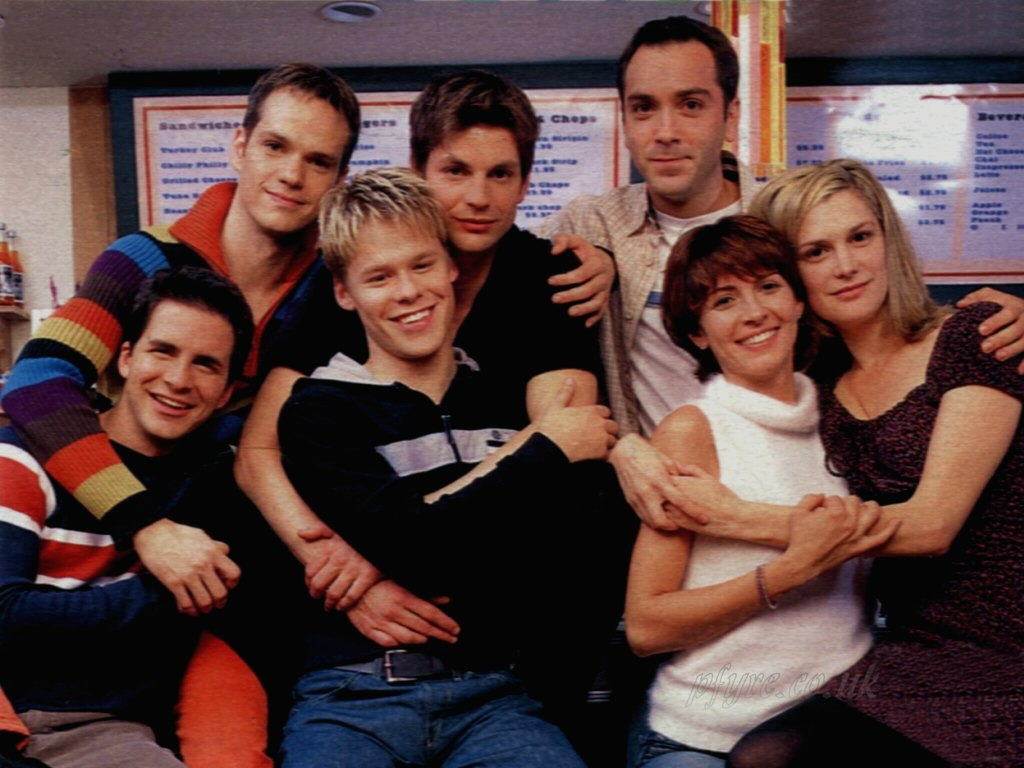
While today it's hard to imagine actors feeling apprehensive about auditioning for a show like *Queer as Folk*, the climate in the late '90s was quite different. Hal Sparks, known for his role as Michael, recalls being warned by his agents against the project. "They came to me with the script as if it were hazardous material," Sparks shares. Despite their caution, Sparks followed his instincts and seized the opportunity, a decision that would define his career.
The casting process was challenging, to say the least. Executive producers Daniel Lipman and Ron Cowen faced significant hurdles as major talent agencies were reluctant to send their clients to audition for the controversial show. "We'd see casting lists with most actors marked as 'not available,'" Lipman remembers. The show, derived from a popular U.K. series, demanded a bold and fearless ensemble, and some actors were eager to step up.
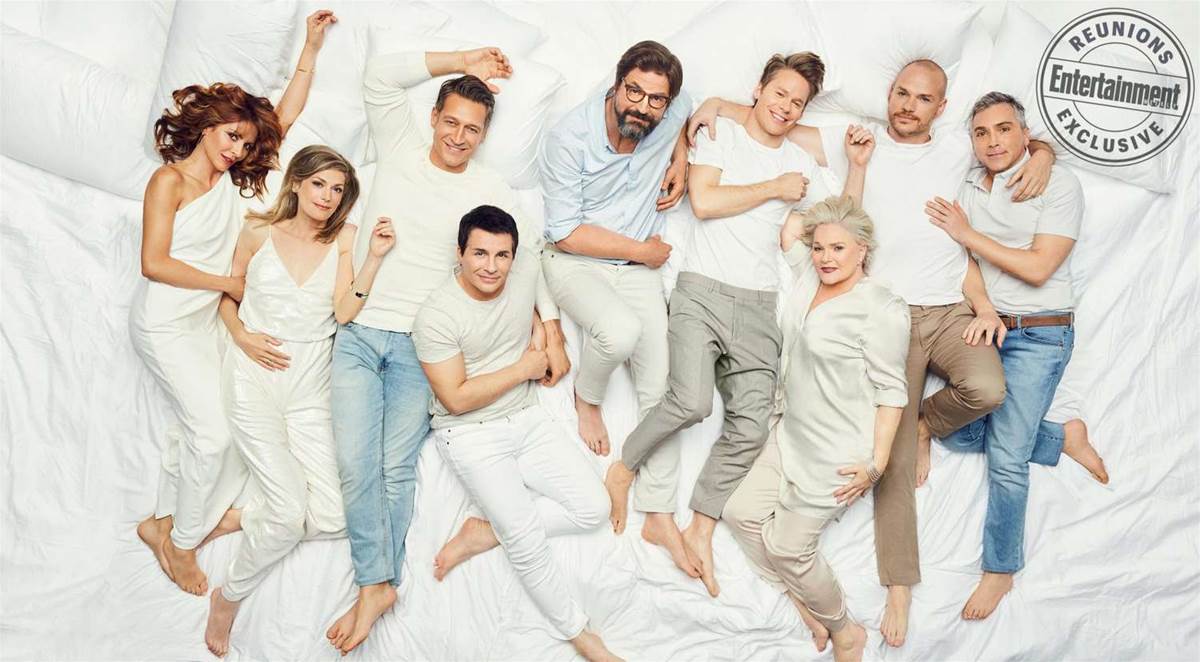
Gale Harold, who would become the iconic Brian Kinney, was initially skeptical about the show's viability in the U.S. market. "My first thought was, 'There’s no way they’re going to do this in the United States,'" he reveals. Meanwhile, Randy Harrison, at the cusp of understanding his own identity, was driven by a desire to see genuine LGBTQ+ representation.
"I was hungry for media that reflected my experience," notes Harrison.
Perhaps one of the most intriguing casting stories involves Peter Paige, originally called to audition for Ted. Paige had an uncanny feeling about Emmett and boldly requested to read for that role instead. "I just had a gut feeling," he explains. His instincts proved correct, leading to the casting director's rare question: "Which role do you want to come back for?" Sharon Gless, on the other hand, knew instantly she would be perfect as the vibrant Debbie.
Her confidence impressed the network president, though she wittily pointed out that "class is not what I had in mind" for the role.
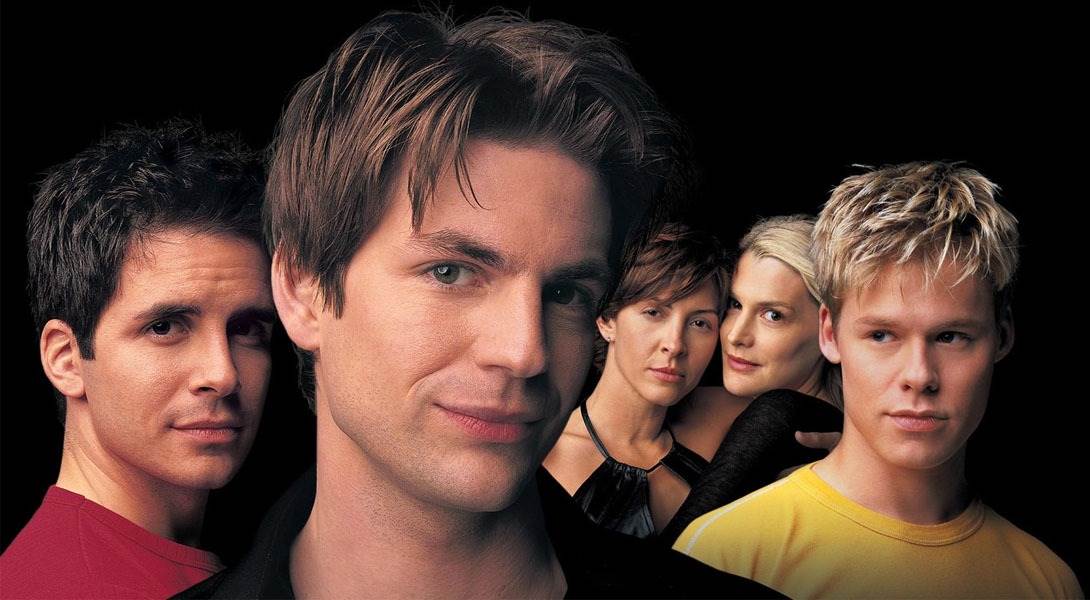
As season one wrapped with characters like Lindsay, played by Thea Gill, and Melanie, portrayed by Michelle Clunie, the show prepared to introduce Robert Gant as Michael’s love interest, Ben.
Gant, eager to join, penned a heartfelt letter to the producers expressing what the role meant to him. It was a move that sealed his fate in *Queer as Folk* and illustrated the time’s evolving acceptance and understanding of diverse narratives.
The cast’s reunion for Entertainment Weekly was a nostalgic trip down memory lane. Despite the years, the bonds formed during filming in Toronto remain intact.
As Michelle Clunie succinctly puts it, "We’re family. And we always will be." Their shared journey reflects not just a television milestone, but a testament to the enduring power of storytelling that transcends boundaries.
Feel free to share your thoughts or revisit scenes from this iconic series with friends who remember the impact it had during its groundbreaking run.



